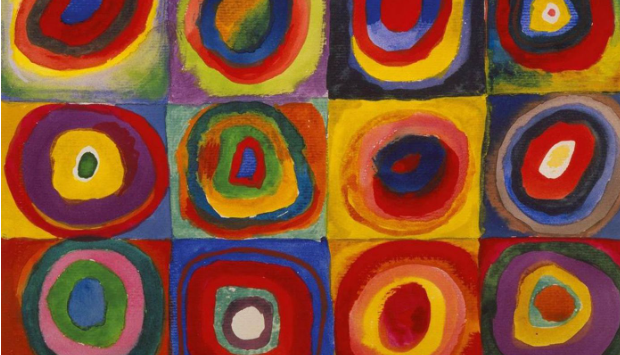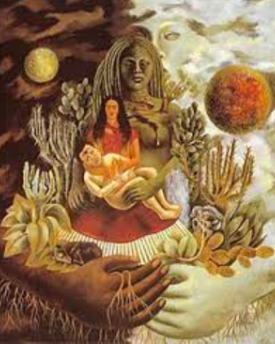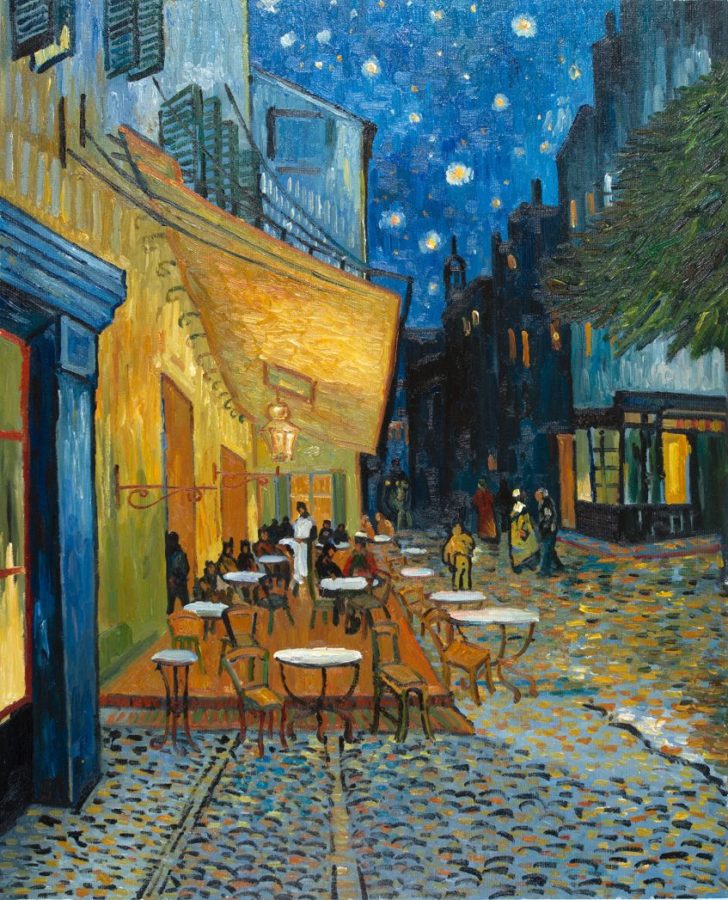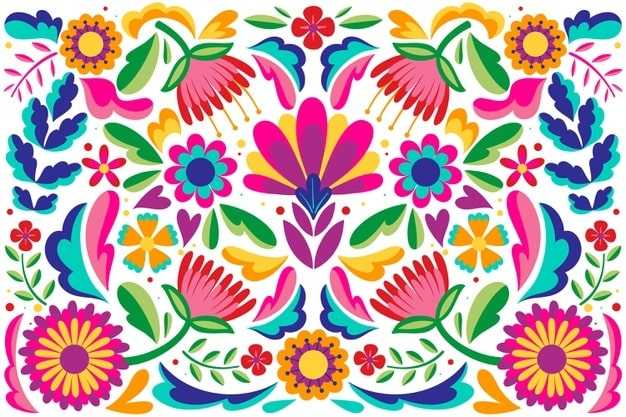Punjabi-Sikh poet Rupi Kaur has come a long way on a powerful journey. From rising to popularity on Instagram by sharing her poems to being named Writer of the Decade by the New Republic and becoming a New York Times Best-Selling author, Kaur has an inspiring story.
During her upbringing, Kaur was always interested in the art of writing. Reading and poetry have always been Kaur’s passions. When she was 5 years old, Kaur’s mother forced her to learn to paint as it was something to connect the two of them. While she was forced to learn, Kaur ended up exercising her creative ability by painting and drawing all the time. At age 10, Kaur learned English, and her love for reading grew as her choice of books expanded. She would read anything she could get her hands on. Growing up, she was exposed to poetry as her father would write Punjabi poetry to her mother while he was living in Japan, and Kaur and the rest of her family were settled in Ontario, Canada. Poetry was also an important part of Kaur’s religion and spirituality.
In school, Kaur started to find her voice after taking part in speech competitions. In her later years of school, she started writing and performing poetry. Kaur taught creative writing classes to high school and college students while she was still receiving education herself.
While she had already gained a humble following on Instagram from sharing her writing, Kaur shot into the spotlight after posting a self-portrait that depicted menstrual-blood-stained bed sheets and clothes. The photo was taken down by Instagram twice and Kaur took a stand, stating the fact that Instagram promoted sensual and revealing photos of women but censored a normal female experience. Instagram eventually brought back the image after Kaur’s arguments. This event is how Kaur gained 1.3 million followers.
A significant and reoccurring theme in Kaur’s writing is femininity and womanly experiences. In her first self-published book, Milk and Honey, the general theme is healing. In the collection of poems, Kaur writes about the abuse she and her mother endured from her father when she was a child. It was about her experience with toxic and abusive relationships, and eventually realizing that the toxic love she had always accepted kept her from loving herself and starting the process of healing. On page 152 of Milk and Honey, Kaur writes “It is part of the human experience to feel pain.”
Many readers didn’t enjoy Kaur’s lack of capitalized words and punctuation and stated that her writing was too simple and bland. However, Kaur received a staggering amount of love for the book and the next book in her collection, The Sun and Her Flowers, was published in 2017, three years after Milk and Honey hit the shelves. The Sun and Her Flowers explores topics such as heartbreak, loss, femininity, the body, immigration, and the depression that follows a breakup. Beautifully, Kaur explained that the title came to her without much thought. The book is a metaphor for how sunflowers “worship” the sun, they rise and follow it. There are many ways to interpret this in relation to the book. One possibility that the metaphor could mean is keeping yourself in an abusive relationship and believing it is love or staying with an abusive partner and doing what they want you to do, whatever that may be. Collectively, Milk and Honey and The Sun and Her Flowers have sold over 11 million copies.
Three years after The Sun and Her Flowers, Kaur published Home Body in 2020. The book follows similar themes to the other two collections. Depression, relationships, abuse, femininity, immigration, and more.
While Kaur’s writing is phenomenal on all topics she explores in her books, her writing about femininity and womanhood shines through especially brightly. Kaur identifies as a feminist and always stands up to misogynistic views like she did when Instagram took down her self-portraits. Kaur captures what it’s like to be a woman beautifully. She writes about women finding themselves without, or after, being in a relationship, self-love, the pain and struggles of being a woman, and the bonds between women. Some of Kaur’s poems helped people, like myself, to see how strong women are while being treated as the “softer sex”. While Kaur’s writing explains how strong women are and encourages women to make themselves known, she never shames or talks down to women who are or have experienced toxic relationships. Instead, she writes poems about her experiences with those same things. Throughout Kaur’s childhood, she was taught that women were something men could use and never had confidence in being a woman while growing up. She empathizes with the women who were or are in toxic relationships, as she was herself, which is what the majority of her three aforementioned books are about.
Rupi Kaur started on Instagram anonymously sharing her writing and is now a New York Times bestselling author. With that being said, her writing has definitely made its mark. The influence of a poet who is a person of color and a feminist is great for girls and women of all ages. To get the full Rupi Kaur experience, I recommend reading her books! While I do think all of her books are wonderfully written and I recommend all of them, The Sun and Her Flowers is my personal favorite. In 2022, Kaur’s fourth collection of poetry, Healing Through Words came out.

































































































































